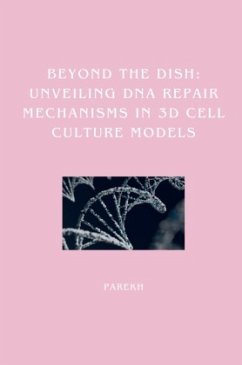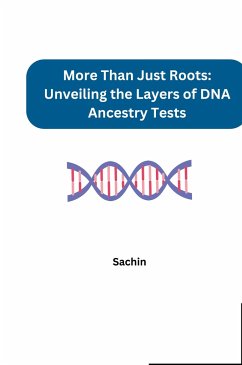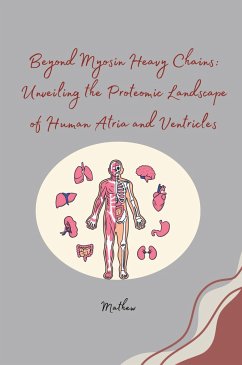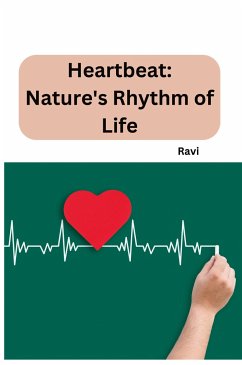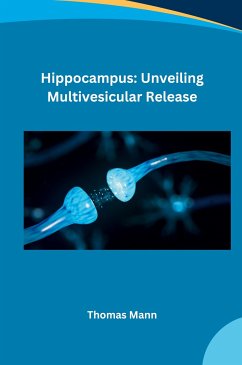
The Cell's Recycling Center: Unveiling the Secrets of Autophagy
Versandkostenfrei!
Versandfertig in 6-10 Tagen
26,49 €
inkl. MwSt.

PAYBACK Punkte
0 °P sammeln!
Inside your body's trillions of cells, a hidden recycling center tirelessly works to break down and discard cellular waste. This essential process, known as autophagy, literally translates to "self-eating" and is crucial for maintaining cellular health. Imagine a tiny sanitation truck cruising within the cell, engulfing damaged organelles and misfolded proteins. Autophagy then delivers this cellular garbage to a designated disposal unit, the lysosome, where it's broken down into its basic building blocks. These components are then reused to create new molecules, promoting cellular survival and...
Inside your body's trillions of cells, a hidden recycling center tirelessly works to break down and discard cellular waste. This essential process, known as autophagy, literally translates to "self-eating" and is crucial for maintaining cellular health. Imagine a tiny sanitation truck cruising within the cell, engulfing damaged organelles and misfolded proteins. Autophagy then delivers this cellular garbage to a designated disposal unit, the lysosome, where it's broken down into its basic building blocks. These components are then reused to create new molecules, promoting cellular survival and adaptation. But autophagy's role goes beyond mere housekeeping. During times of nutrient scarcity, this recycling system kicks into high gear, providing the cell with vital nutrients for survival. Recent research even suggests a link between autophagy and neurodegenerative diseases, raising hope that unlocking its secrets could lead to new therapeutic avenues. So, the next time you think about recycling, remember the remarkable cellular process happening within you - autophagy, the cell's very own recycling center.






